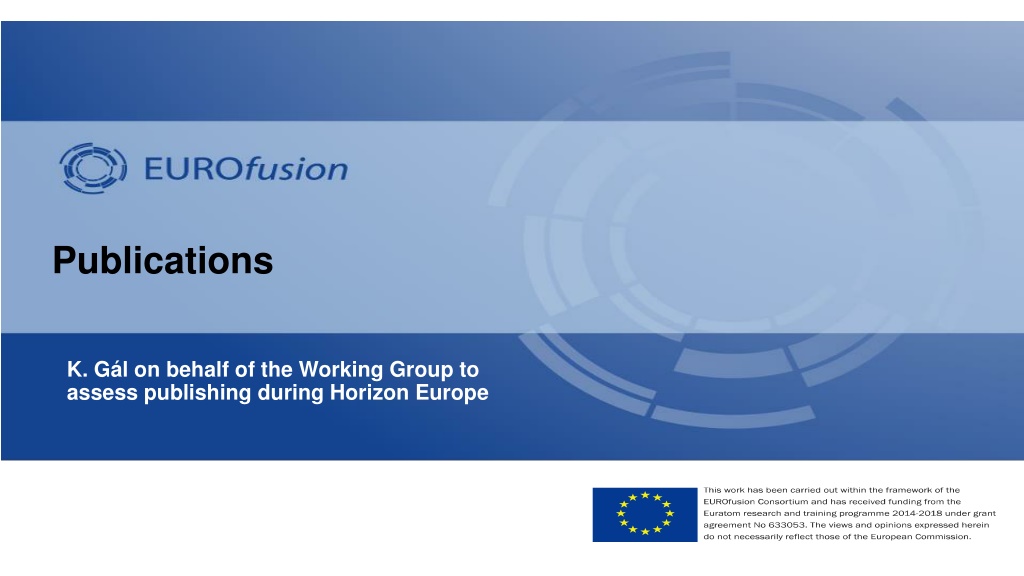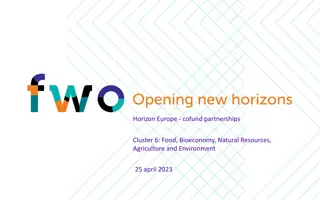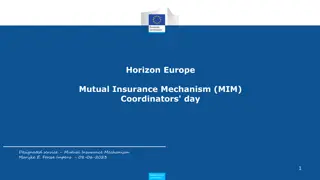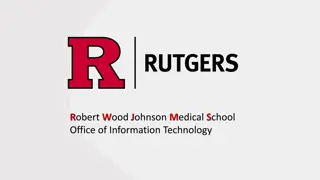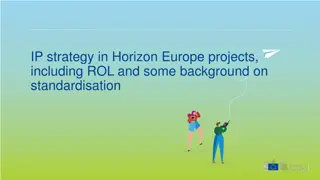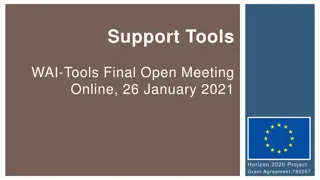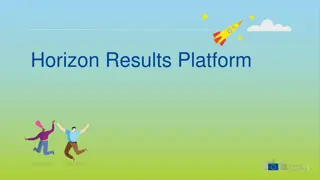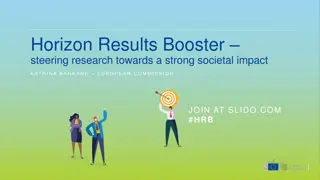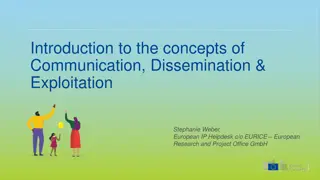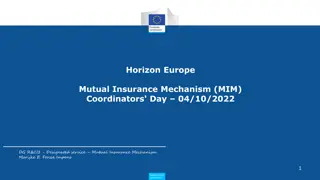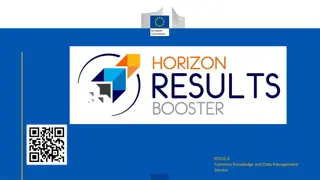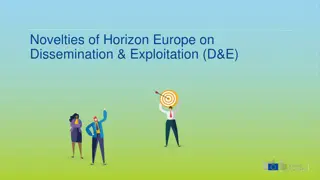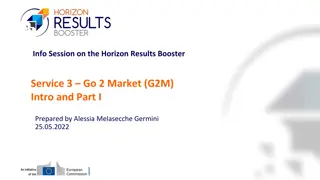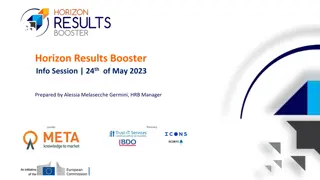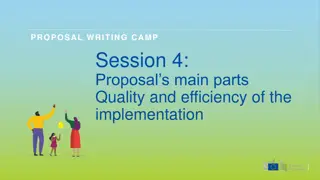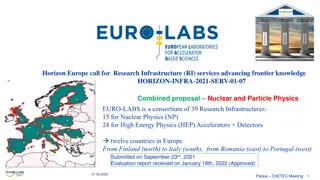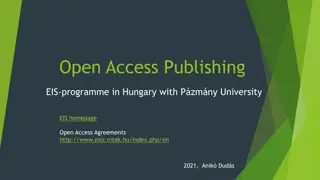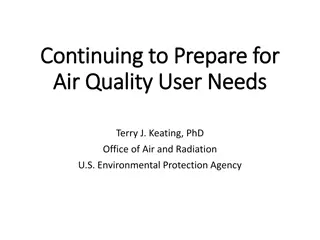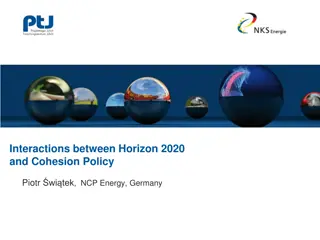Publishing Requirements and Challenges in Horizon Europe
The publication landscape under Horizon Europe presents challenges regarding compliance with publishing fee eligibility for hybrid journals and embargoes for open access. Hybrid journals feature subscription-based and open access parts, while open access journals require authors to pay open access fees for universal access. European journals, such as New Journal of Physics and Nuclear Materials and Energy, are accepted by the community, while predatory journals pose issues despite complying with the Grant Agreement. Short-term solutions suggest using FP8 funds to cover page charges.
Download Presentation

Please find below an Image/Link to download the presentation.
The content on the website is provided AS IS for your information and personal use only. It may not be sold, licensed, or shared on other websites without obtaining consent from the author. Download presentation by click this link. If you encounter any issues during the download, it is possible that the publisher has removed the file from their server.
E N D
Presentation Transcript
Publications K. G l on behalf of the Working Group to assess publishing during Horizon Europe
Publications - requirements EUROPEAN COMMISSION CLEAR Statements: - Publishing fee not eligible for Hybrid journals - No embargo period for OA Conclusion: - We cannot comply with both requirements at the same time K. G l WG Publications | GA 2021.12.14. | Page 2
Hybrid journals Hybrid journals with two parts: 1. Subscription based part: - Payment: The readers pay a subscription fee - Open access: authors are allowed to make openly publish the peer reviewed manuscripts after an embargo time defined by the publisher: - Papers with an embargo: FED (1000 papers), PPCF, NF <-> In contrast with the Grant Agreement - Papers with 0 embargo time are usually the US papers: PoP, RSI, IEEE, PRL(?) - Page charges are not eligible: Nuclear Fusion (1000 papers) related problem 2. Open access part - Payment: The readers pay a subscription fee and the authors pay an open access fee so that the paper is made freely available for everyone - Open access requirement is fulfilled, but which license is applied is not clear - Open access charges are not eligible K. G l WG Publications | GA 2021.12.14. | Page 3
Open access journals Open access journals (same as for Hybrid journals in open access): Payment: the authors pay an open access fee so that the paper is made freely available for everyone Open access requirement is fulfilled by definition, but which license is applied is not clear Publication fees are eligible European journals (gold open access); accepted by the community New journal of physics (IOP) Nuclear materials and energy (Elsevier) ?EPJ Web of Science (Free of charge) Predatory journals ; complying with the Grant Agreement, but NOT accepted by the community: they have a very aggressive policy in searching editors, reviewers the editorial boards are misleading (many editors inactive) the editors are not prepared (ex: finding referees) the time allocated for review is extremely short (not acceptable for experts) K. G l WG Publications | GA 2021.12.14. | Page 4
Short term solution Papers originating from work performed During FP8 During FP8/FP9 During FP9 the number of those papers is still negligible Proposal: use FP8 funds to pay the papers mainly NF page charges PMU should centrally pay these papers as previously. Follow green open access as for FP8 papers. For solely FP9 papers one should handle the situation on a case by case basis. K. G l WG Publications | GA 2021.12.14. | Page 5
Long term solution Nuclear Fusion: the journal is very relevant for the community, therefore effort should be invested in order to keep the journal. This effort should be coordinated at the level of the EC and IAEA. Both institutions are open for discussions. Hybrid journals with non-zero embargo: the situation is quite difficult, and two bad options are at hand: Do not respect the embargo and comply with the requests of the EC, however this could be a high risk option from a legal point of view Try to negotiate with the EC, that the EUROfusion community will comply with the collection and storage of the manuscripts on publication, but will only open them after 12, max 24 month embargo. This agreement should hold preferably up to the end of the grant, but nonetheless up to 2024, as Plan-S requires. Special attention for: Fusion Engineering and Design no transformative agreements planed Relevant notes: EC should be informed that the publishers relevant for the fusion community, are not accepting to publish under the CC-BY license as Plan-S is suggesting/requiring. Furthermore, this license was only used by ~500 times which is negligible compared to the size of the whole European scientific community. When ORE becomes available some tests submissions should be performed. The assessment of this system can only be done after the pilot has been made available to EUROfusion. The fusion community is too small to perform pioneering work to free of charge open access The possibility to set up our own journal should be analyzed K. G l WG Publications | GA 2021.12.14. | Page 6
